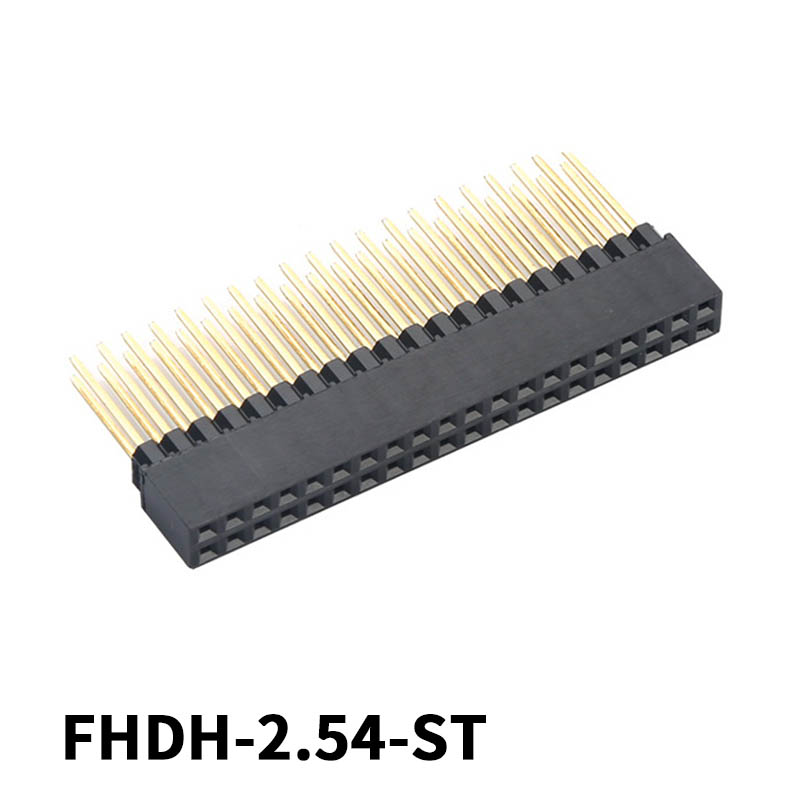Female header wires are usually used to connect multiple conductive loads to one another, like to add the electrical carrying capacity to a power distribution board or increase the electrical output to a single load. Female headers are also referred to as J1, K1, and K2. The connectors come in a variety of sizes to accommodate the different connections.
There are several options that are available for the female header. Some of the common types are described below:
- Male header - A male header is another commonly used connector for the connection of multiple conductor loads. It has two main components, a terminal and a receptacle. The terminals of male headers may be soldered in place or may have some flexible metal in between the terminals that is flexible enough to move. These types of male headers come in various colors and types to meet the needs of different users.

- Snap-in Connector - This type of connector is made by mounting the connector to the metal frame. It is not difficult to install and use. Usually these types of connectors come with mounting kits that are pre-installed. These kits may also include installation screws to ensure easy installation. Some snap-in connectors come with a rubber ring that makes it possible to secure the connector on the metal frame for more stability.
- Snap on Connectors - These types of female header connectors have a plastic or rubberized ring attached to the outside surface of the connector that allows it to slide easily over the terminal. These types of connectors usually come with snap in mounting kits. You can install them yourself if you are familiar with how to install other types of connectors.
- Pins - These types of connectors come in a variety of forms, including metal, plastic, and rubber. Some of these pins are coated with some special substance that makes them more pliable and able to form into the shape of the connector for better connections.
- Wires - The wires and connections of the header are very simple to install. These wires can be run from a terminal to the other end of the line or from an external power source. However, they are usually terminated at the external terminal. to protect the connection from any damage or interference. You can use wires for a variety of purposes, including to make a short circuit when connecting a load and making a long circuit when supplying power.
As you can see, the header is a connector that is made to connect many loads. These headers come in a wide variety of types and configurations so that you will be able to choose the one that best suits your specific needs.
When you are choosing header wires, there are certain things to consider in order to ensure that you are getting the right connector. First, you need to think about the number of load-connectors that you need to connect. Second, you need to determine the type of wire that you will be using and where it is going.
For example, header wires are used in industrial settings to connect motors, heaters, and cooling fans to make sure that everything runs smoothly and safely. The size and the type of wires you will need depend on the number of connectors that you have installed.
A lot of headers also come with extra wires that are used for troubleshooting purposes. The wires may be connected to the header to connect two devices to one connector, or connect two devices to each other. These cables are usually terminated at the external terminal.
There are a lot of options available when it comes to purchasing and using female headers. If you are shopping around, you can find them in most local electronics stores or even online.